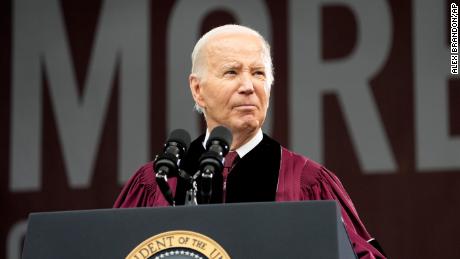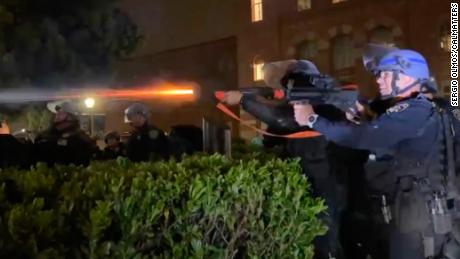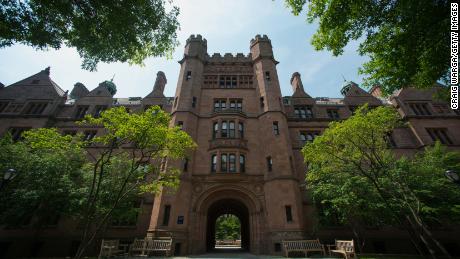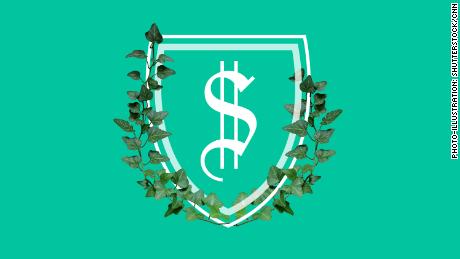(CNN)The ongoing college admissions cheating scandal shows just how far some people are willing to go to get their kids into an elite university.
And with acceptance rates at top colleges and universities falling to record or near-record lows, high school students are facing increasing pressure when it comes to applying to the nation's best schools.
To illustrate how exclusive elite universities are these days, take a look at the eight Ivy League schools, among the most respected institutions of higher education in the world.
This year Harvard accepted 4.5% of its applicants. Yale, one of the schools implicated in the cheating scandal, accepted less than 6%.
Over the past five years, all the Ivies have been accepting smaller and smaller slivers of their total applicant pools. At the same time, more and more students are submitting applications, which is driving down acceptance rates. It's sort of a vicious circle.
For example, Harvard and Yale both saw more applicants in 2019 than anytime in the past four years. Harvard received 43,330 applications, while Yale got 36,843.
Students are applying to more colleges than ever
One key reason is the Common Application, launched in 1998, a portal that allows high school students to apply to more than 700 colleges nationwide. Using it, students can submit up to 20 applications with ease.
As more colleges have adopted the Common App, as it's known, students have increasingly submitted more applications. Those who applied to more than three schools jumped from 61% in 1995 to 82% in 2016, according to a 2018 report by the National Association for College Admission Counseling.
"Many schools are making it easier and easier for students to apply to more and more schools," said Meghan Farley, director of college counseling at Pingree School in Massachusetts. She also has served on the Princeton Review's National College Counseling Advisory Board since 2012.
"The Common App allows students to apply to a lot of schools without a lot of additional effort," she said.
Some colleges also provide incentives for students to apply, such as waiving the application fee if they visited the college, or waiving the essay, which allow students to apply easily to more schools, Farley said.
"If a student does a good job in building a balanced list there is no need to apply to more than 8-10 schools (at the most)," she said. "I encourage students to apply to two 'reaches,' four 'possibles' and two 'likelies.'"
But a larger applicant pool doesn't necessarily mean it's harder to get in
But Brian Taylor, managing director of college consulting company Ivy Coach, said the larger applicant pools are just the product of colleges' improved marketing.
"The misconception is that these declining admit rates and these increased application pools mean that it's harder and harder to get into these schools each year," Taylor said. "It's simply not true: The fact is these colleges are just getting better and better at getting students to apply."
Taylor said Ivy League schools often target students who have no chance at getting in, which leads to more applicants and a lower admission rate.
"(The schools) are competing against their peers for the lowest admission rate, and it indirectly impacts the U.S. News ranking," Taylor added, referring to the influential lists of top schools published annually by U.S. News and World Report.
Last year U.S. News and World Report announced it would no longer directly factor colleges' acceptance rates into their ranking methodology.
At the same time, colleges' yield rates are dropping
As students apply to more colleges, they're likely to receive more acceptances as well.
Ultimately, they can only attend one school.
NACAC found that colleges' yield rates -- or the percentage of students who enroll after they are offered admission -- have dropped from about 49% in 2002 to 33.7% in 2017.
Yale University has rescinded the admission of a student who was admitted as part of the college admissions scandal. Meanwhile, tens of thousands of high school students are already taking aim at the country's top schools for fall 2020.





















